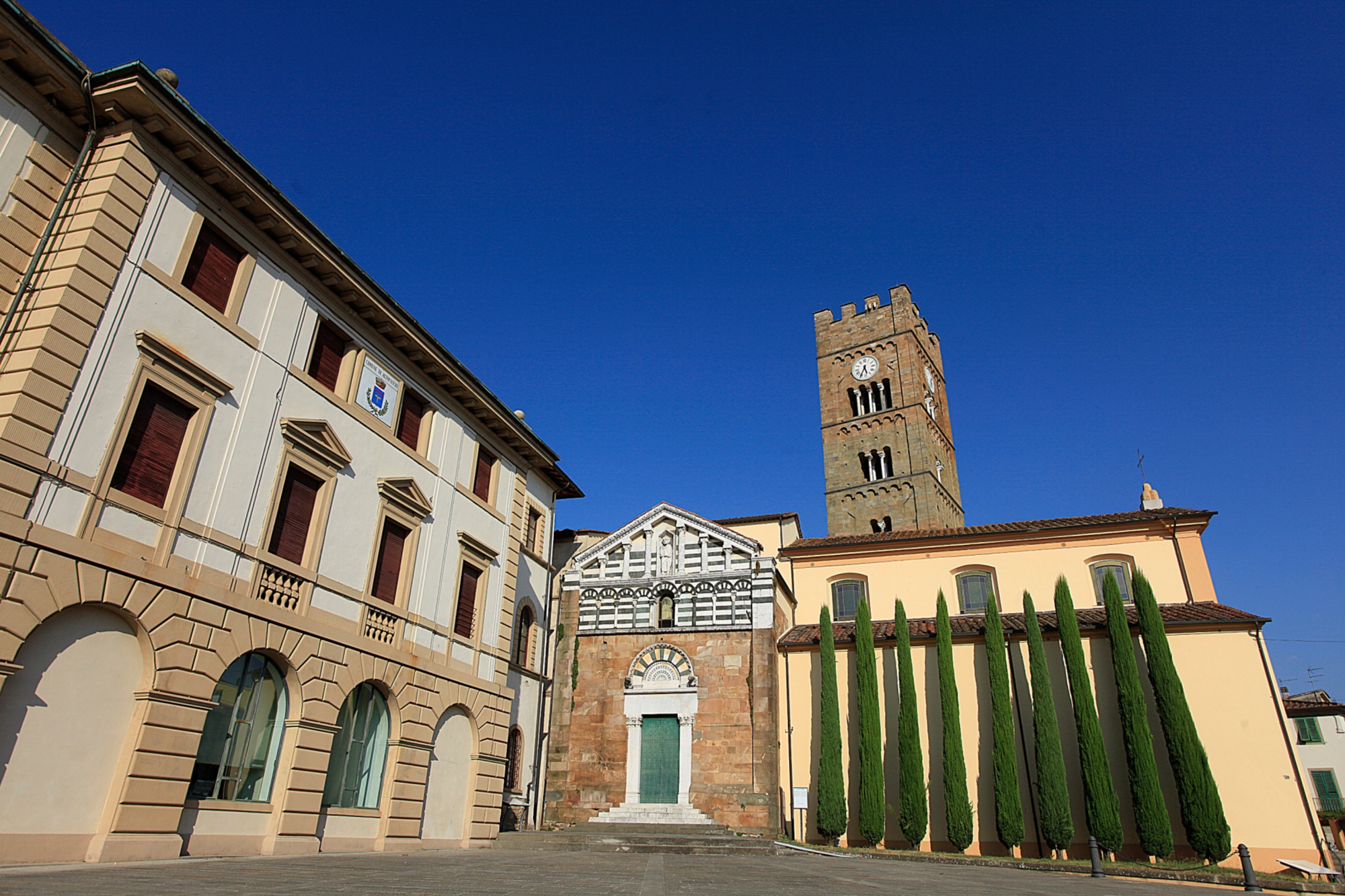The bread of Altopascio


A symbol of hospitality, it has carried on a long tradition since the Middle Ages
The traditional Bread of Altopascio is made using a special dough called "sconcia." The product is made by processing wheat flour, type 0, natural yeast and water.
In keeping with Tuscan tradition, it is salt-free.
The product
The bread of Altopascio is square (bozza) or elongated (filone) in shape, has a soft texture inside and a crisp, light golden crust. It is leavened on special boards for about an hour, covered with hemp cloths. Finally it is baked for almost an hour.
The particularity of its flavor is due not only to the flour but also to the manual skill perfected over the years and the use of water from the area.
It is produced year-round in Altopascio but also in neighboring areas, and it can be found in the main markets of the region.
The bread of Altopascio is square (bozza) or elongated (filone) in shape, has a soft texture inside and a crisp, light golden crust. It is leavened on special boards for about an hour, covered with hemp cloths. Finally it is baked for almost an hour.
The particularity of its flavor is due not only to the flour but also to the manual skill perfected over the years and the use of water from the area.
It is produced year-round in Altopascio but also in neighboring areas, and it can be found in the main markets of the region.
Altopascio, the "city of bread"
The city of Altopascio, a stop along the Via Francigena, has always been considered the "city of bread," a symbol of hospitality.
Around the year 1000, a brotherhood of doctors called the Knights of Tau built a hospital as a place for pilgrims and travelers - exhausted by long journeys – where they could get some rest and food. The forms of assistance were regulated in 1232 by actual rules including the offering of bread, considered a right for all who arrived in Altopascio.
The bread tradition has remained alive ever since, reinforced even by the Medici and the Lorraine. The grand ducal farm came to include 38 farms, and in 1774 Grand Duke Peter Leopold I had the Piaggione built with 25 silos for storing grain, still visible today through trapdoors on the terrace of the Altopascio library.
The city of Altopascio, a stop along the Via Francigena, has always been considered the "city of bread," a symbol of hospitality.
Around the year 1000, a brotherhood of doctors called the Knights of Tau built a hospital as a place for pilgrims and travelers - exhausted by long journeys – where they could get some rest and food. The forms of assistance were regulated in 1232 by actual rules including the offering of bread, considered a right for all who arrived in Altopascio.
The bread tradition has remained alive ever since, reinforced even by the Medici and the Lorraine. The grand ducal farm came to include 38 farms, and in 1774 Grand Duke Peter Leopold I had the Piaggione built with 25 silos for storing grain, still visible today through trapdoors on the terrace of the Altopascio library.



